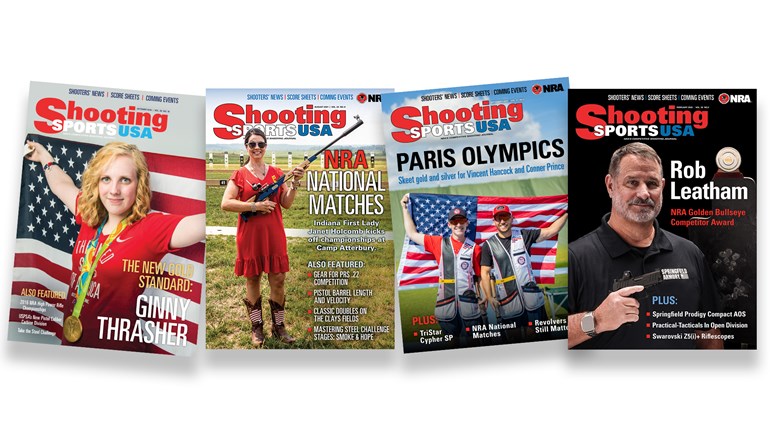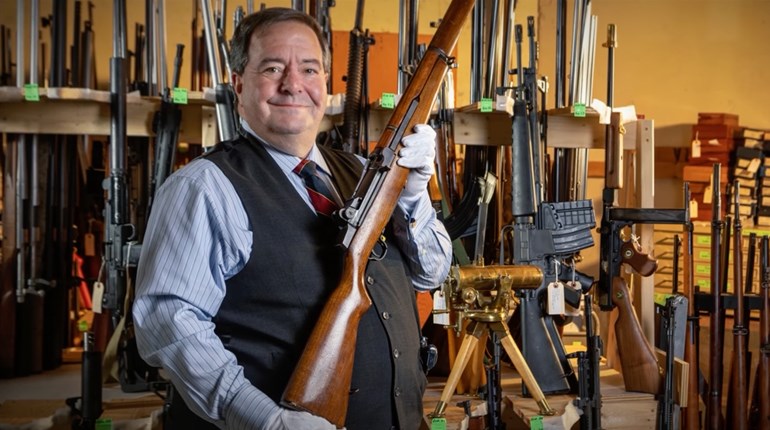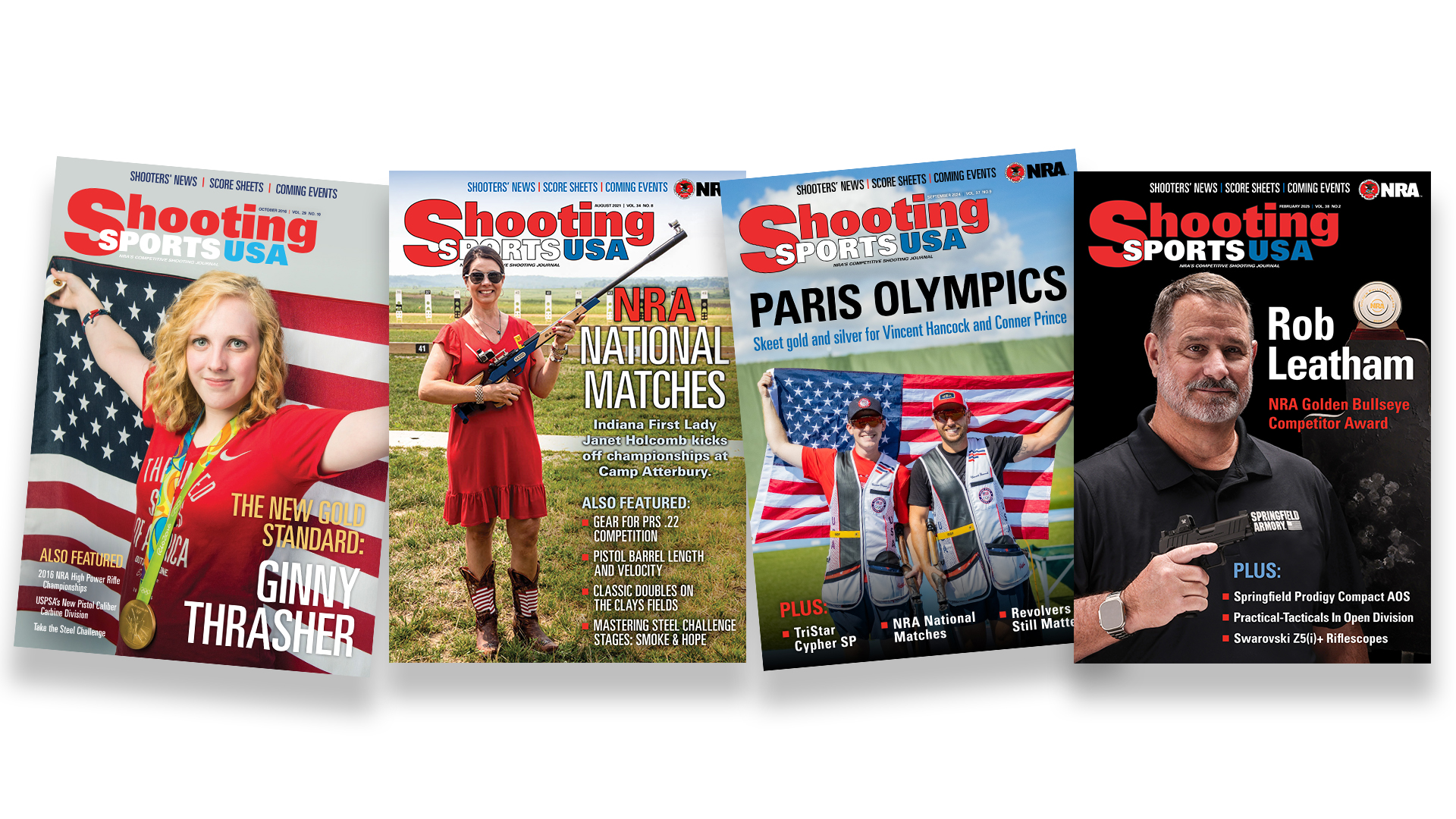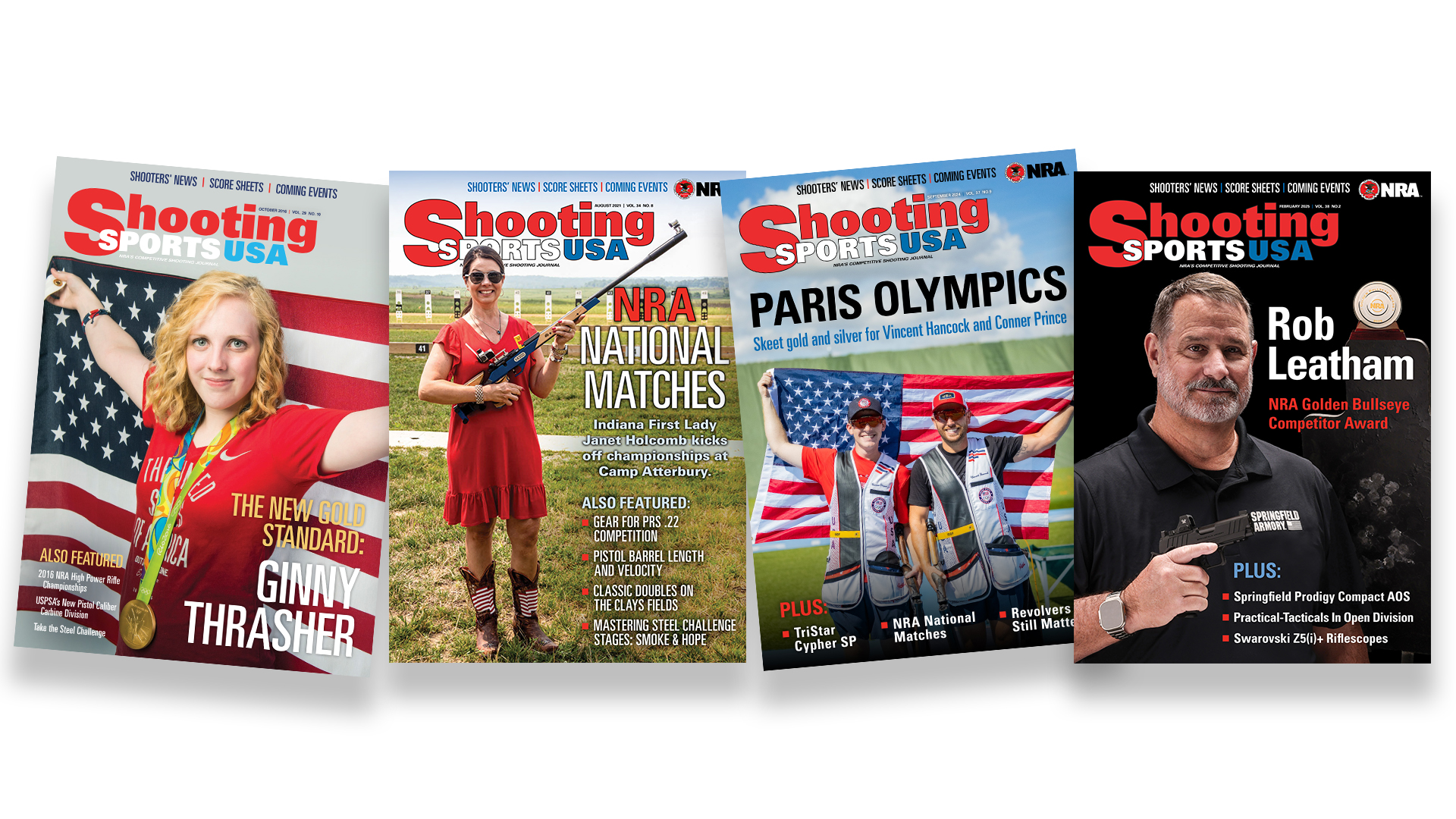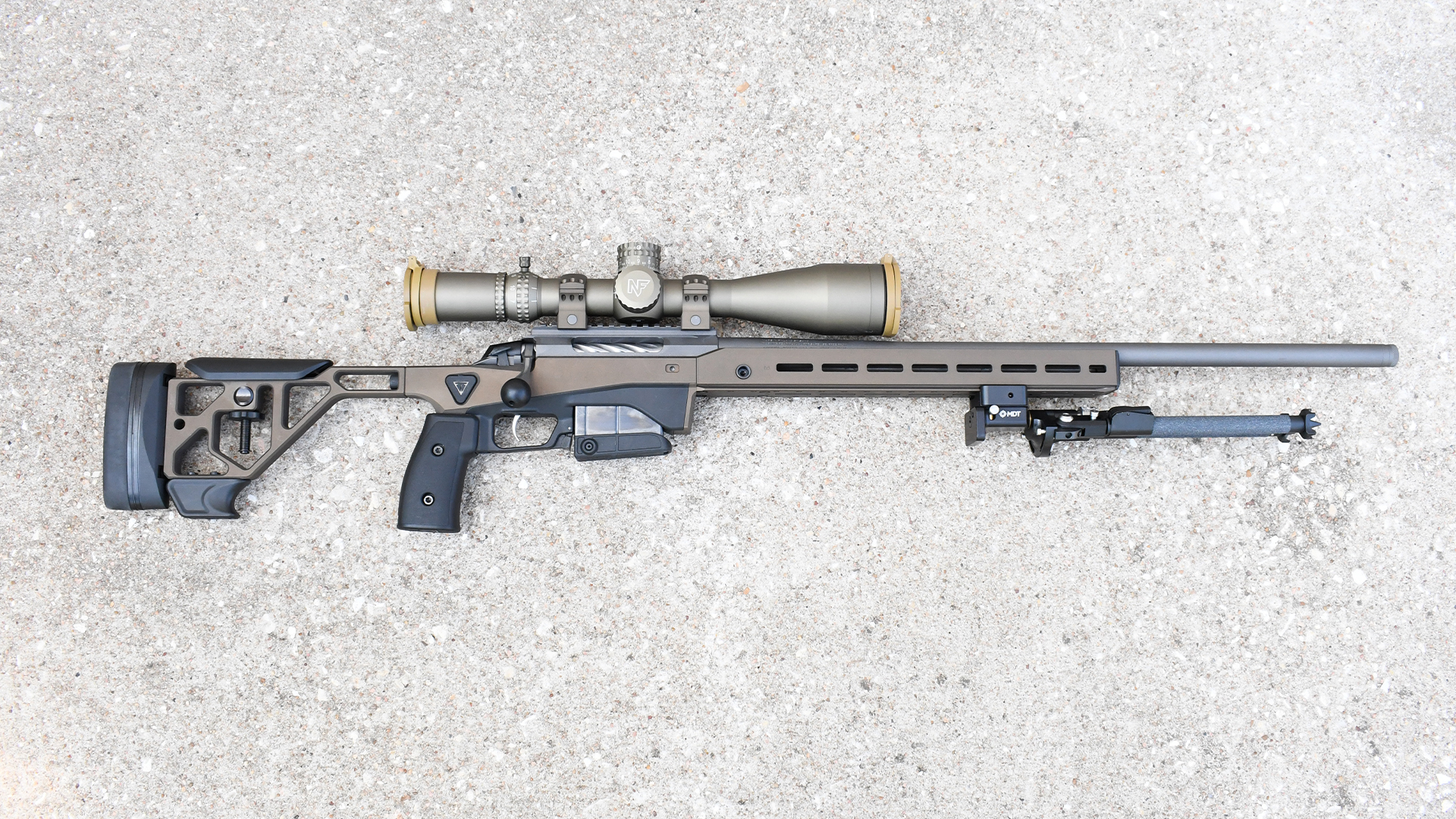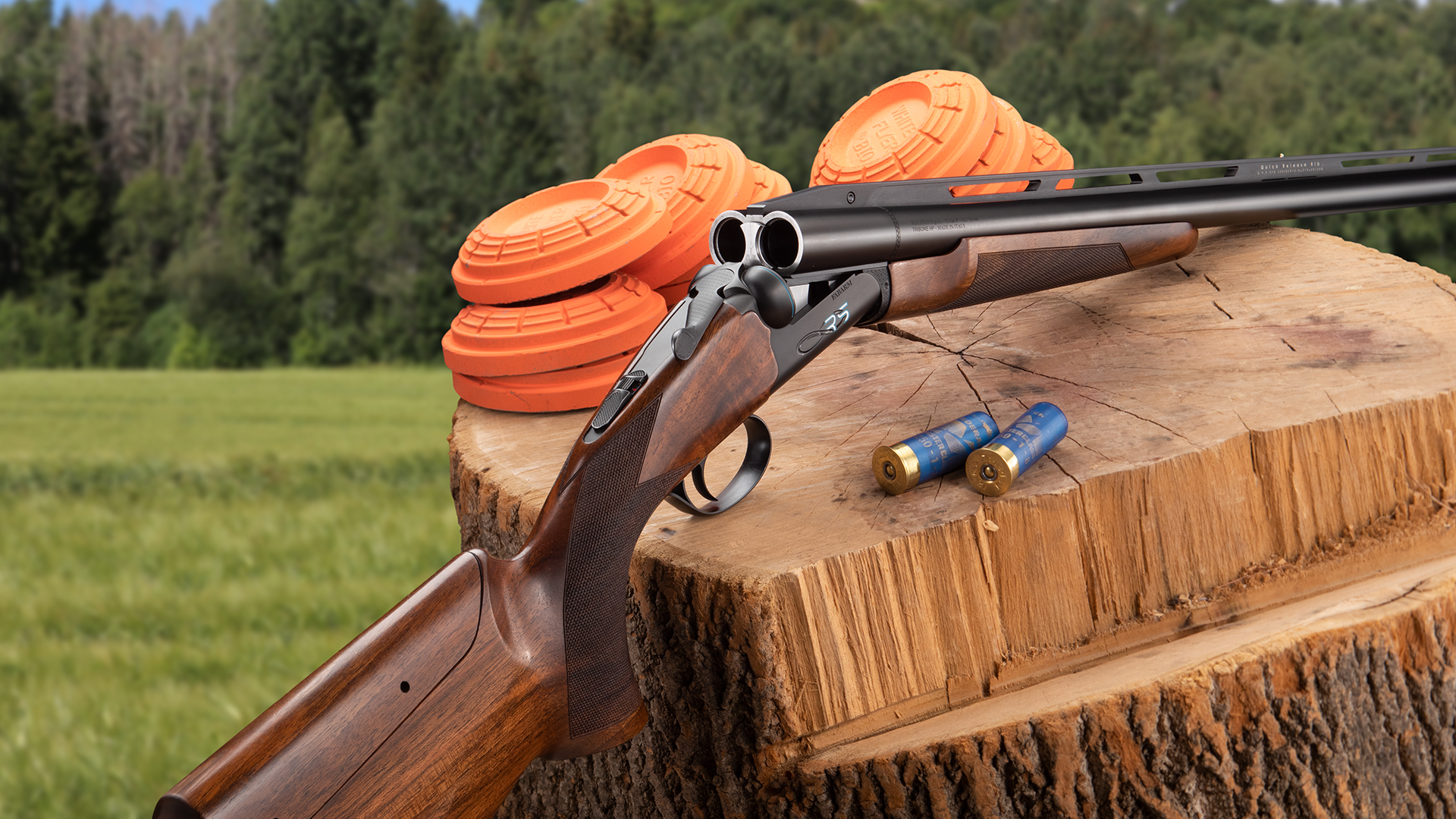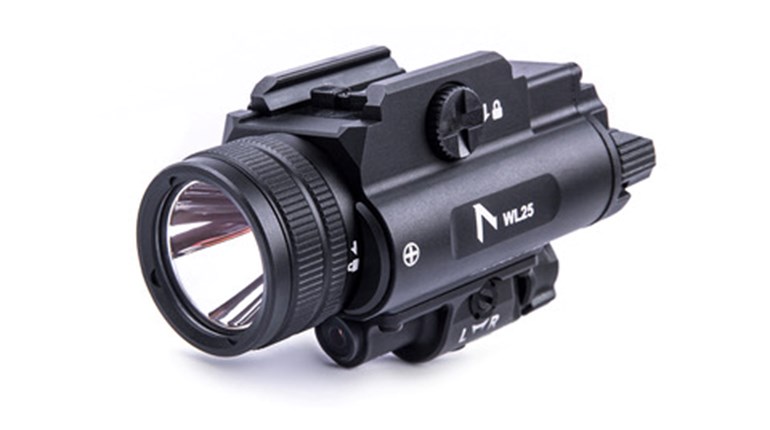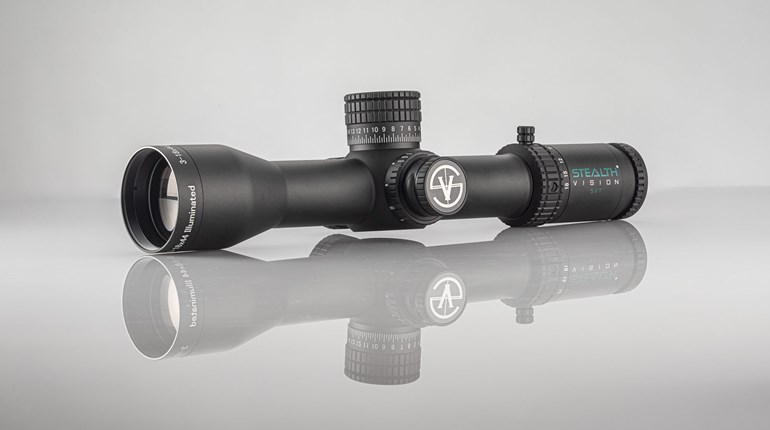
“The overall quality of scores is evidence that Match officials were not the only ones who prepared for the competition.”
—The American Rifleman, October 1957
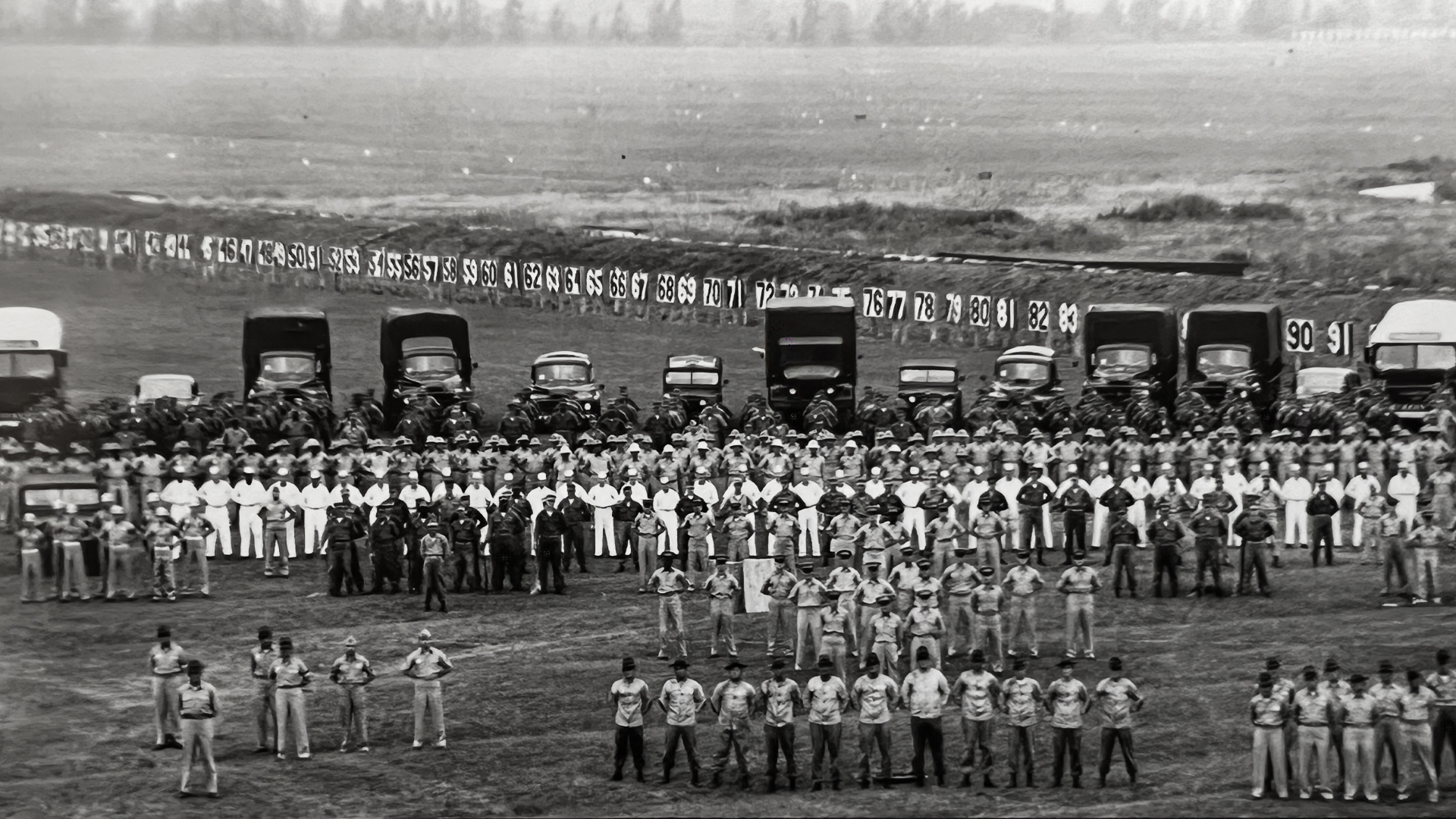
In March 1957, U.S. Chamber of Commerce representative Perry Shoemaker opposed the existence of a National Board when he addressed the Defense Commission of the House Appropriations Committee. That Shoemaker’s first name normally invoked feelings of goodwill among marksmen everywhere proved to be a cruel twist of irony when his testimony read in part:
“We have recommended a reduction of $150,000 for this [National Board] program. We recommend further that this program be completely abolished for the next and succeeding fiscal years … With government costs running higher each year and contributing to inflation, the Chamber opposes appropriations to carry on non-defense activities. Moreover, this program is out of place during this period of reserve military training. Whatever the reasons may have been for initiating this program, we see no need for its continuance.”
From the National Board side, a $300,000 National Match appropriation request was submitted in addition to a proposed ammunition allowance that was to be supplied by the Army and Navy. The request was reduced to $225,000 by the House Appropriations Committee when it cut the $75,000 line item for civilian team travel. But in the end, Congress approved $250,000 which did include a $25,000 civilian allowance—the first time since 1940 that civilians were given line item status, rather than relying on surplus areas for its funding. That some civilian funding was restored in 1957 seems especially significant given the Chamber of Commerce’s disapproval of non-military support at the National Matches. “It was direct support from the White House,” reported The American Rifleman, “which made possible this specific line item in the Budget.”
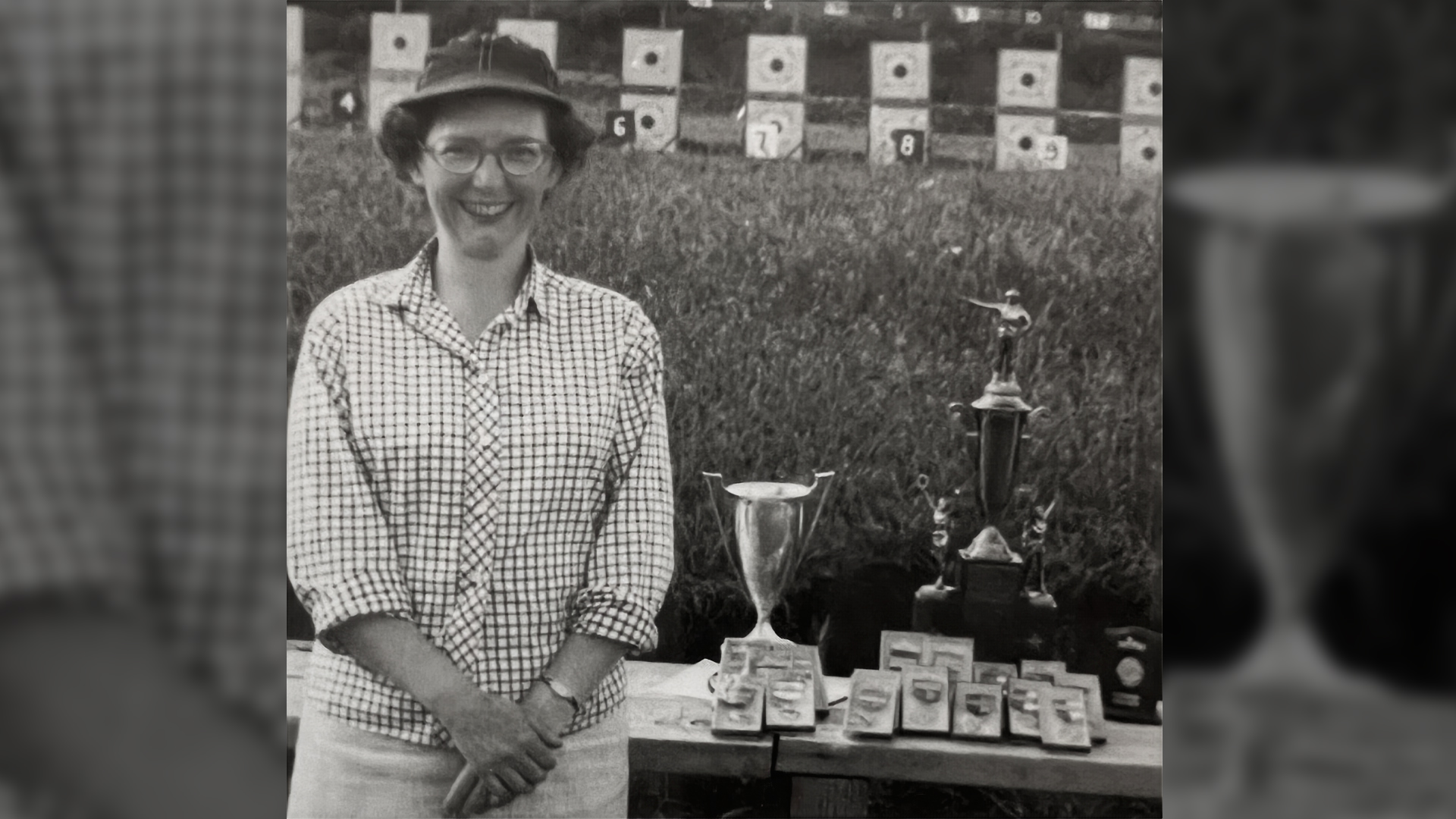
Specific to the conduct of the National Matches, the NRA Executive Committee recommended that the 1957 program not have any overlapping among the pistol, smallbore rifle and high power rifle phases in order to avoid housing and range constraints; thus, the now familiar pistol, smallbore and high power firing sequence was established. Col. Jesse Drain, Jr., was the Executive Officer in charge of 2nd Army support personnel who made National Match competition possible for more than 3,600 shooters.
Army Master Sgt. Joe Benner’s run for a third consecutive national pistol title ended when Marine Lt. William McMillan, Jr., edged the defending champion by two points. For McMillan, who won the National Trophy Individual crown the year before, it was his lone national title and proved to be the prelude to an illustrious international career in rapid-fire pistol that included a gold medal at the Rome Olympic Games in 1960. McMillan set a record for most Olympic appearances by a shooter (six) as he competed in every Olympics from 1952 through 1968 (with the exception of 1956).
The reversal of titles at the 1957 National Matches was complete when Benner replaced McMillan on the National Board podium for individual pistol honors. National Trophy Team honors also went to the Army, as did the Infantry Team Match and National Trophy Team rifle event. Marine Technical Sgt. Paul Bailey proved to be the one who prevented an All-Army sweep in the 1957 Board matches when he was named National Individual champion in rifle.
Back on the handgun scene, Gertrude Backstrom’s third straight women’s title was also good for overall civilian honors, which established her as the first woman to accomplish the feat. Backstrom’s momentum was surely fueled by the fact that, at a Seattle tournament in June of 1957, she fired a 2613 and became the first woman to eclipse the 2600 plateau.
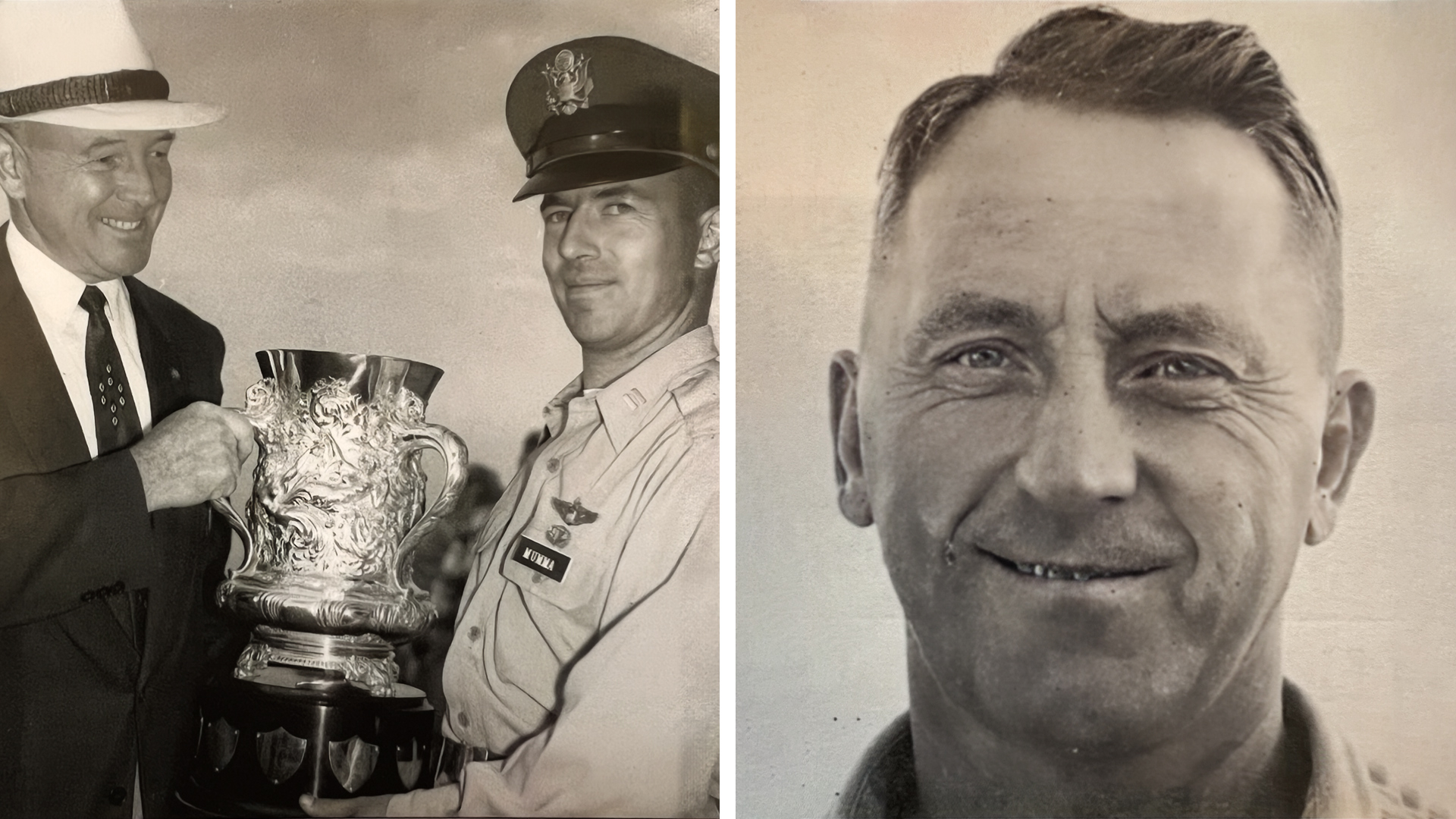
Major changes were underway for the smallbore matches. After a dry run in 1956, the NRA established a position championship to accompany the prone matches. Since 1919, the thrust of almost all smallbore shooting in the United States was prone. There were occasional Schuetzenfests—standing matches rich in Germanic tradition—but they seemed to have had the props kicked out from under them by the patriotic fervor of World War I. With the reorganization of the International Shooting Union (ISU) after World War II, the U.S. was dragged, more or less kicking and screaming, into the wider world of position shooting. No longer able to hold its own in three-position shooting on the international level, as it had in the days of Morris Fisher, Calvin Lloyd, Sidney Hinds and Walter Stokes, the NRA had to do something or face the possibility of the U.S. becoming irrelevant in the shooting world.
The first big step was the executive order, signed by President Dwight D. Eisenhower on March 1, 1956, to establish the United States Army Marksmanship Training Unit (USAMTU). The mission of the new organization was three-fold, with the first being of main interest to the shooting community: to compete and win, from local matches up through the international level. The Marines and Air Force soon followed suit, and the Navy and Coast Guard also developed marksmanship programs, albeit to a lesser degree. This military emphasis marked a significant turning point in U.S. competitive shooting.
The first National Smallbore Position Championship consisted of a pair of 40-shot matches at 50 yards: 10 shots in the four basic positions using metallic, then any sights. Air Force Reserve Lt. Arthur Cook took the first iron sight championship with a score of 390-19X. Oddly enough, the any-sight match produced lower scores. The winner was the Air Force’s Virgil Hamlin with a 388-22X, followed closely by Cook with a 387. With his first-place finish in iron and second in any sights, the diminutive Cook secured a rather significant footnote in shooting history: the first person to win both a prone (1948) and position outdoor smallbore national championship.
Marine Staff Sgt. E.D. Duncan placed first among the regular service shooters, while William Roos of Sharon, Pennsylvania, topped the junior field. Marillee Hohman of Fairmont, West Virginia, was high woman. By all accounts, the first NRA Smallbore Position Championship was a big success and not overshadowed by its more established prone brother.
The prone matches fielded 551 entries and the excellence of the competitors showed. Of the 16 individual matches, 15 were won with perfect scores. The sole victory that was not clean was a 399x400 in the always psychologically tough meter match. Earl Saunders of Louisville, Kentucky, got things started with a 400-36X with iron sights at 50 yards. And while many did well individually, it was John Moschkau of Waterloo, Iowa, who posted the best collective effort and his 3193-236X earned him the Hoppe Trophy as the Metallic Sight National Champion. In addition, Texan Inez Sargent received the Peters Trophy as high woman.
No shooter who won a match in irons did so during the any-sight events, but in the end it was Moschkau again who held everything together for the win, a dominating record score of 6392-488X, two points higher than the previous mark set by Viola Pollum in 1955. Bertie Moore of Claysville, Pennsylvania, overtook Sargent for the overall women’s title and Jimmy Williams from Pasadena, California, topped the junior category.
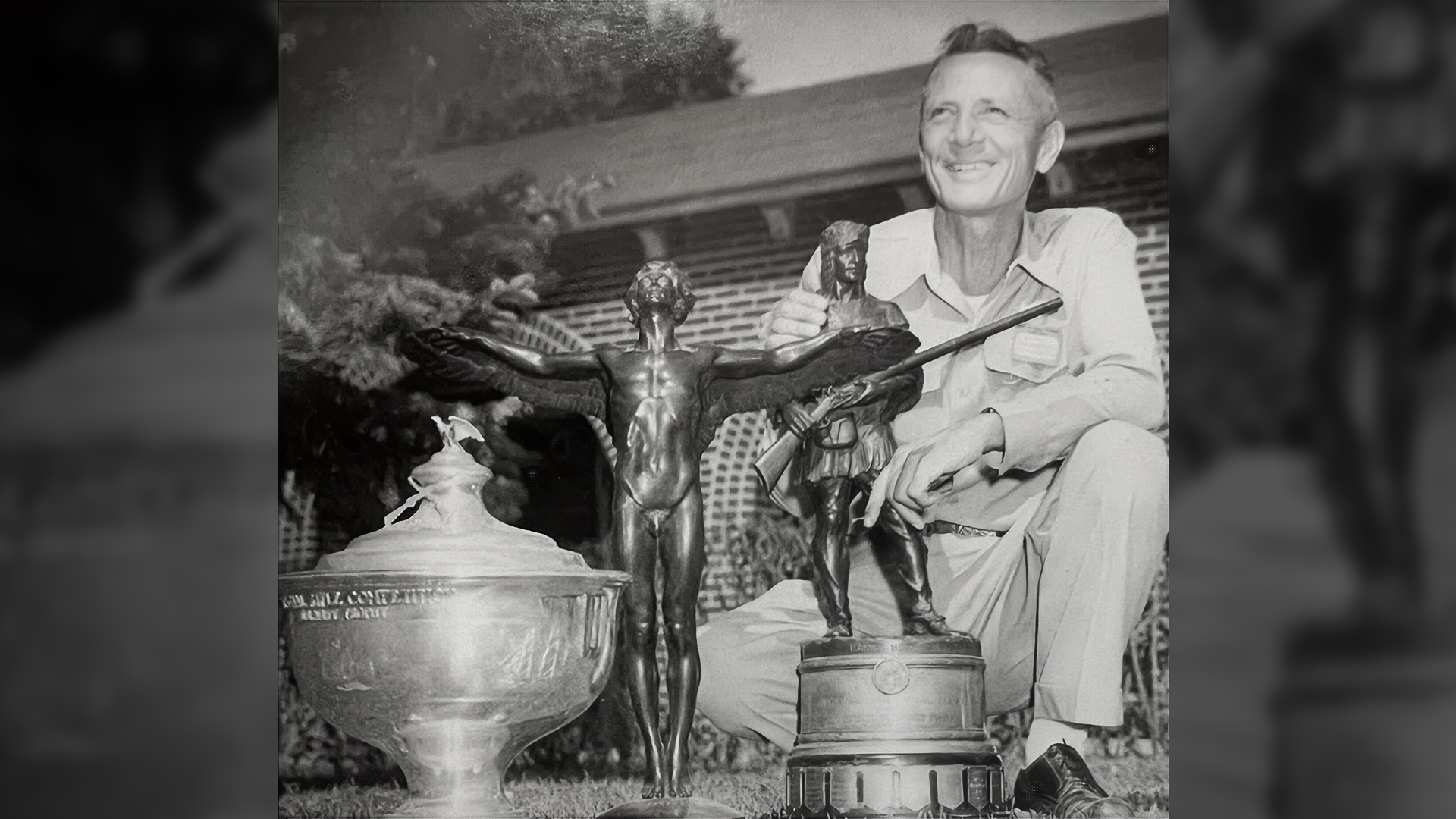
Notable on the high power front in 1957 was the fact that a service rifle score topped the entire National Match field. Marine Staff Sgt. Michael Pietroforte distinguished himself with a record service rifle score (738-78V) that bettered the high open rifle score (734-89V) fired by Ammon Bell of Hummelstown, Pennsylvania, the second civilian to win the Wright Trophy (Thomas Barnes won in 1951). Pietroforte’s DuPont Trophy win was the first of nine such occasions over the next 30 years where service rifle shooters claimed overall honors. On the women’s side, Miralotte Ickes of Berkeley, California, won the open title, while Margaret Long defended her junior national service title and won the overall women’s service title in the process.
“Rain beat down steadily throughout the [National Trophy Rifle] event and some shooters on the firing line shot from positions in the mud.”
—The American Rifleman, October 1957
In 1957, the high power aggregate was changed to 150 shots for a 750 possible, an increase of 100 points that made firing equivalent to three times over the National Trophy rifle course. The addition of the Members’ Trophy Match and course changes in other matches accounted for the higher aggregate.
Marine Staff Sgt. Patrick Jones won the Wimbledon Cup, while Army Reserve Lt. Joe Deckert secured both the Leech Cup and the President’s Match in a year where a shoot-off procedure was initiated in the former and acknowledgment of the top 100 was reinstated, complete with review ceremony, in the latter for the first time since World War II. And with the separate squadding procedure initiated in 1951 for service and bolt-action rifles in the President’s Match, the 1957 awards included congratulatory letters from President Dwight D. Eisenhower to both the high open and high service shooters.













